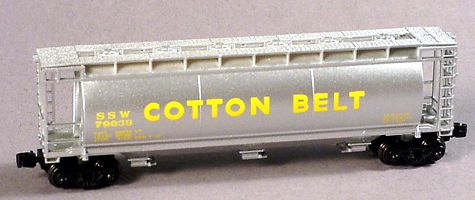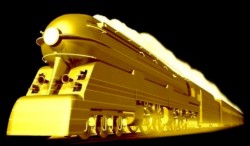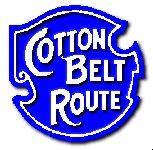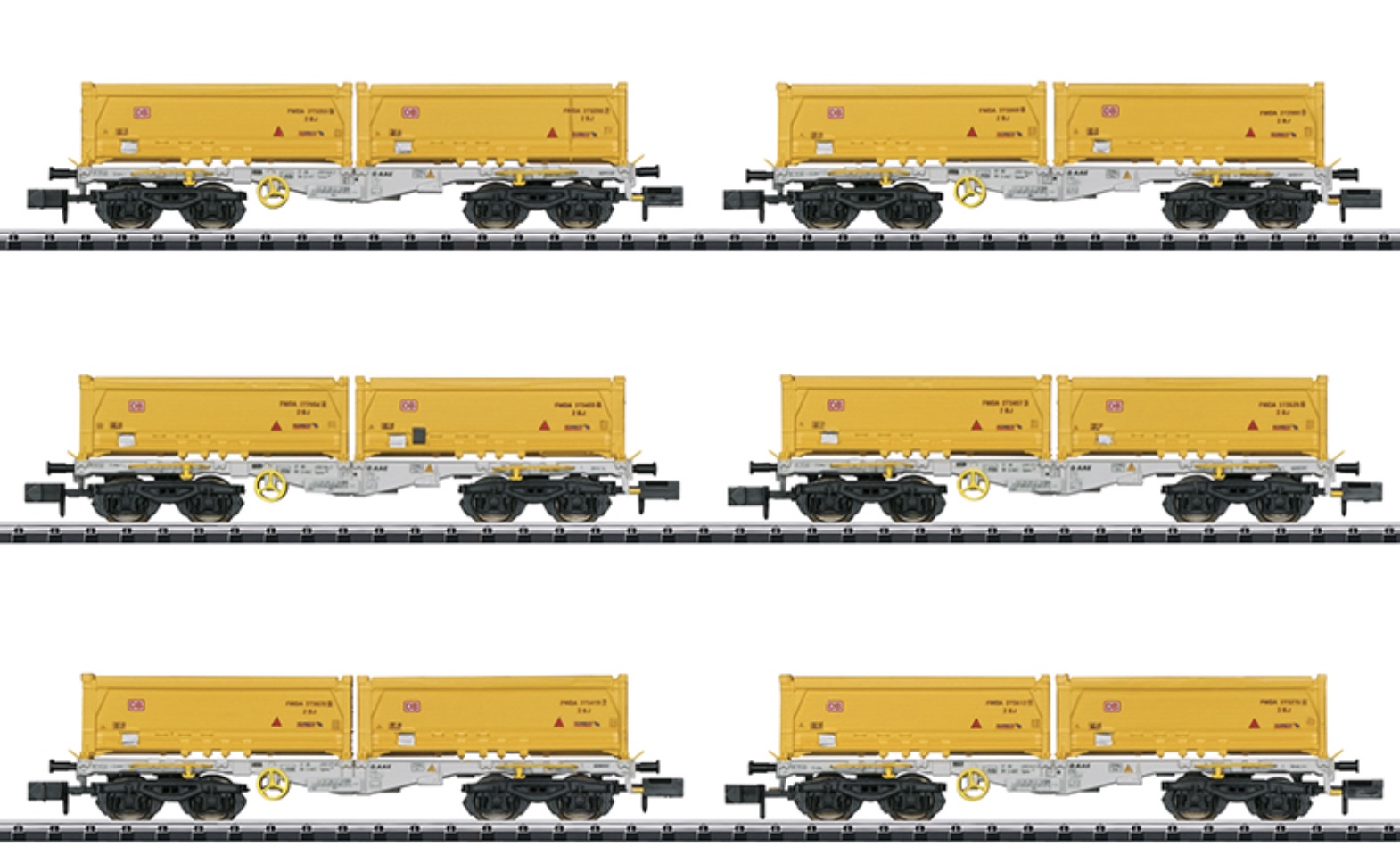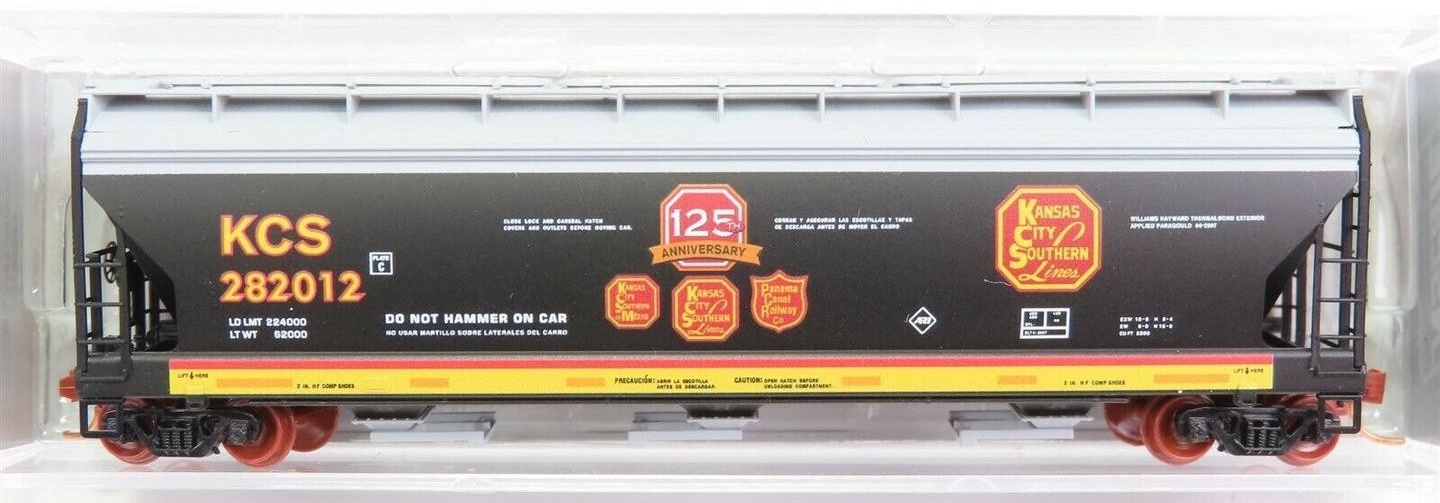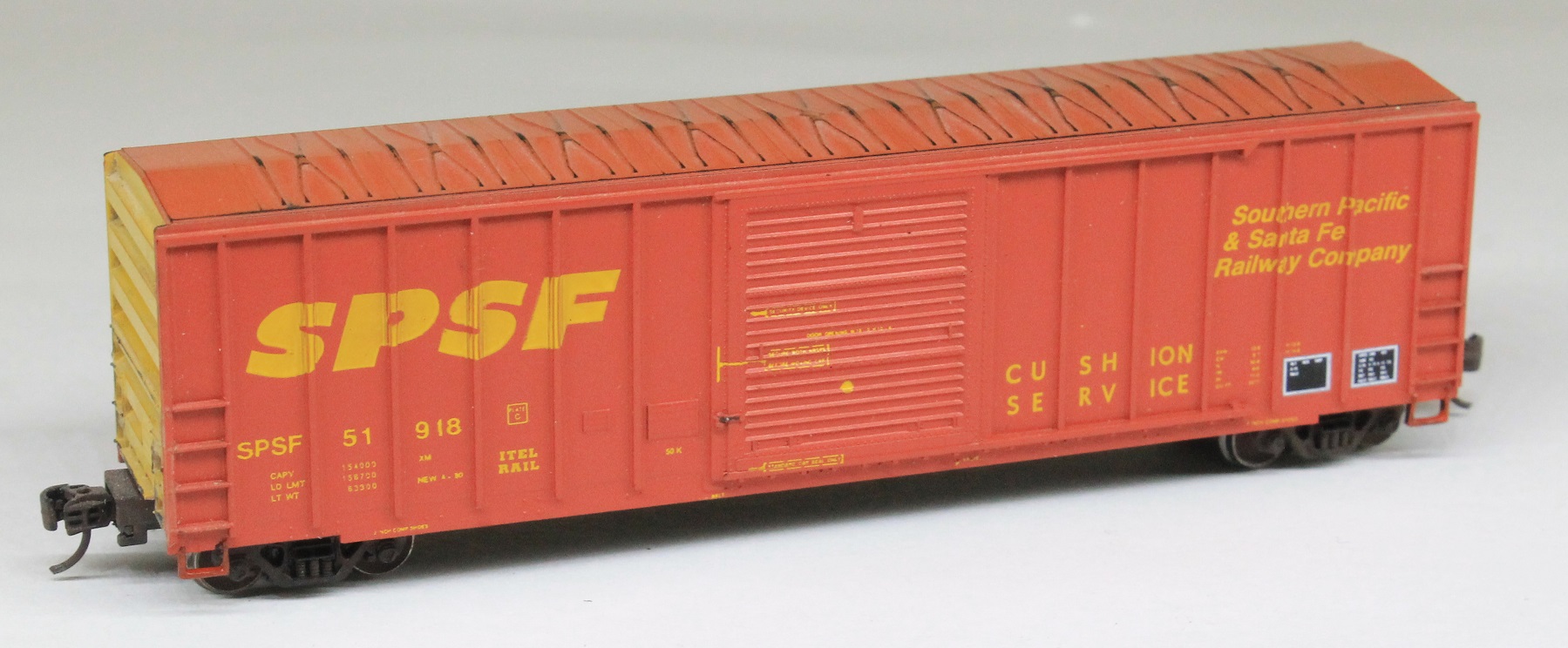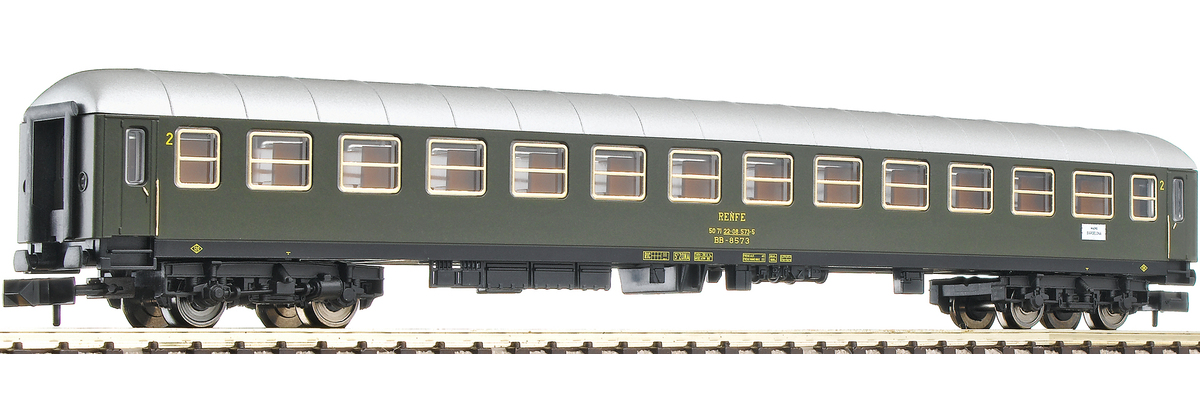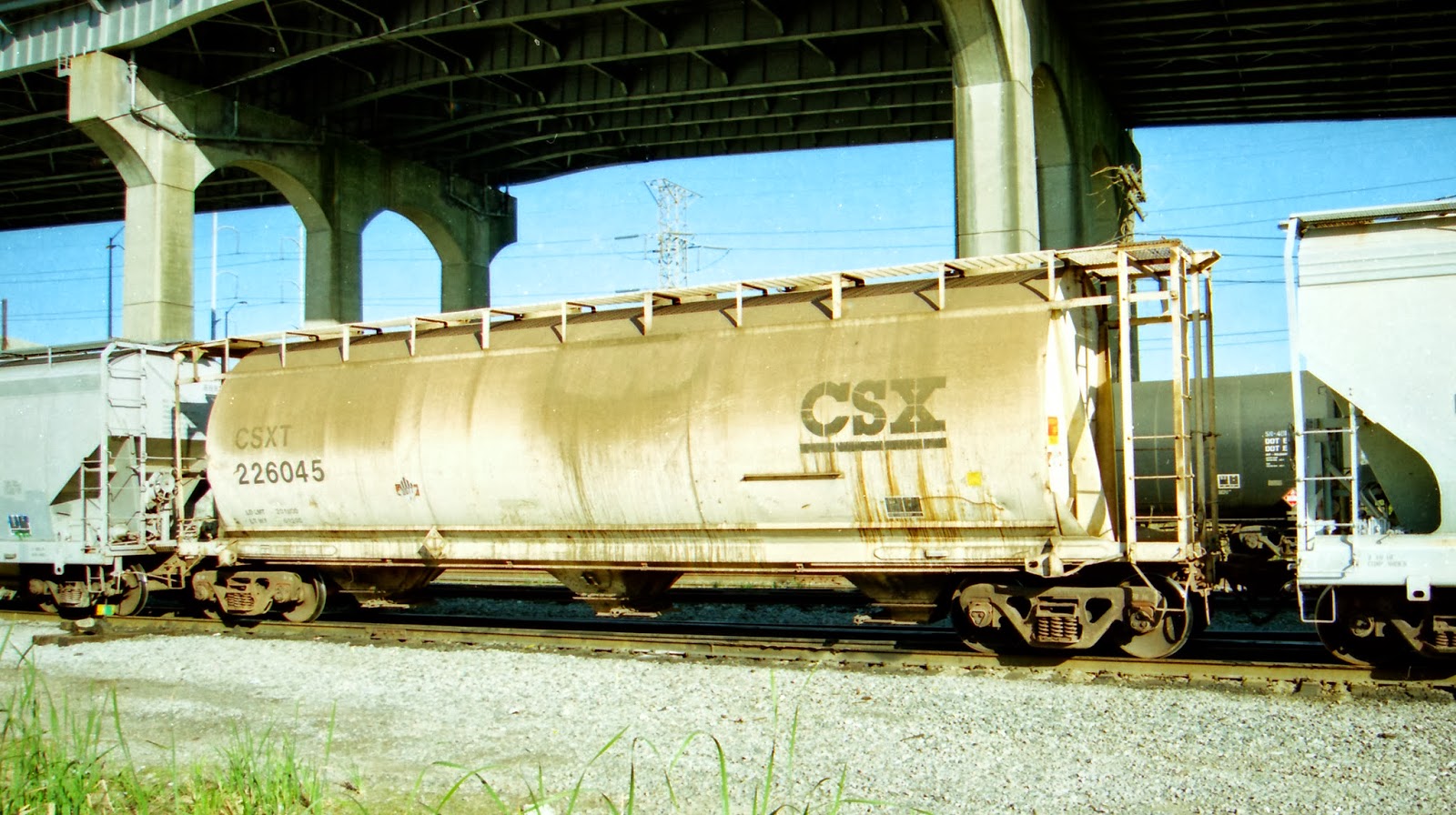Specific Item Information: Road Numbers: SSW 79032 & 79039
Model Information: After WWII, US railroads were increasingly called upon to haul new and unique "modern" products over long distances. In response, American Car and Foundry (ACF) designed a tank-type covered hopper car. The cylindrical shape created a better weight/volume ratio; plus, the elimination of interior ledges, combined with hatches and outlets placed along a center-line, led to ACF's trademark "Center Flow" hoppers. Through the 1960s the Cylindricals became omnipresent on our nation's railroads, with many styles of hatches and outlets devised according to needs. Because the cars were compartmented, various different loads could be carried in a single unit, and some had aluminum construction to further reduce weight. Here was a "Freight Car for the Future," ready to transport sugar, cement, sand, salt, fertilizers, many types of grains, coke, starch, feeds, chemicals and plastics!
Prototype History: ACF introduced their roundish cylindrical hoppers in the early 1960s. The cars differed greatly from the ribbed sided hoppers of the era. They have been made in 3-bay and 6-bay variations. These cylindrical hoppers were superseded on ACF’s production line by the Centerflow in 1964, a revolutionary design that influenced later covered hopper types. In the late 60s or early 70s Canada came out with 4-bay covered hoppers that appear to be derived from ACF’s pre-Centerflow cylindrical hoppers. These cars were used by CN, CP and various smaller Canadian shippers. There is some question as to why the Canadian builder based their design off the older cylindrical and not ACF’s newer Centerflow. It was likely a patent issue and copying it could have triggered legal action against the Canadian builders. There are also certain structural design differences between the cylindrical and centerflow cars and perhaps the decision to copy the cylindrical was based on the greater volume capacity of the cylindrical design.
Road Name History: The St. Louis Southwestern Railway (reporting mark SSW), known by its nickname of "The Cotton Belt Route" or simply Cotton Belt, is a former US Class I railroad which operated between St. Louis, Missouri, and various points in the states of Arkansas and Texas from 1891 to 1992.
The Cotton Belt was one of the lines comprising the railroad empire acquired by financier Jay Gould in the last quarter of the 19th century; according to the Handbook of Texas, By 1890 Gould owned the Missouri Pacific, the Texas and Pacific, the St. Louis Southwestern, and the International-Great Northern, one-half of the mileage in the Southwest.
The railroad was organized on January 15, 1891, although it had its origins in a series of short lines founded in Tyler, Texas, in 1870 that connected northeastern Texas to Arkansas and southeastern Missouri. Construction of the original Tyler Tap Railroad began in the summer of 1875.
On October 18, 1903, the Cotton Belt gained trackage rights via the Thebes Bridge and the Missouri Pacific Railroad along the eastern shore of the Mississippi River to reach East St. Louis, Illinois, and then used Terminal Railroad Association trackage rights into St. Louis. The Cotton Belt also operated a yard and a locomotive servicing facility in East St. Louis, just east of Valley Junction, and south of Alton and Southern Railroad's Gateway Yard, and north of Kansas City Southern's East St. Louis Yard. They also had a freight station in downtown St. Louis. Union Pacific Railroad now operates the yard (still named "Cotton Belt Yard"), but the engine servicing facilities have been demolished.
The Cotton Belt and subsidiary St. Louis Southwestern Railway of Texas together operated 1,607 miles of road in 1945; 1,555 miles in 1965; and 2,115 miles in 1981 after taking over the Rock Island's Golden State Route. In 1925 SSW and SSW of Texas reported a total of 1474 million net ton-miles of revenue freight and 75 million passenger-miles; in 1970 it carried 8650 million ton-miles and no passengers.
The Southern Pacific Company gained Interstate Commerce Commission approval to control the Cotton Belt system on April 14, 1932, but continued to operate it as a separate company until 1992, when the SP consolidated the Cotton Belt's operations into the parent company. Cotton Belt diesel locomotives from 1959 on were painted in Southern Pacific's "bloody nose" scheme - dark gray locomotive body with a red "winged" nose. "Cotton Belt" was painted on the sides and in later years the letters "SSW" were painted on the nose.
In 1996 the Union Pacific Railroad finished the acquisition that was effectively begun almost a century before with the purchase of the Southern Pacific by UP in 1901, until divestiture was ordered in 1913. The merged company retains the name "Union Pacific" for all railroad operations. Many former SSW locomotives are used by Union Pacific today, although few still sport unmodified "Cotton Belt" paint. Most of the remaining units have been repainted into the UP scheme, while others wear patched SSW paint with a UP shield logo and new numbers applied over the SSW number.
From Wikipedia
The Cotton Belt was one of the lines comprising the railroad empire acquired by financier Jay Gould in the last quarter of the 19th century; according to the Handbook of Texas, By 1890 Gould owned the Missouri Pacific, the Texas and Pacific, the St. Louis Southwestern, and the International-Great Northern, one-half of the mileage in the Southwest.
The railroad was organized on January 15, 1891, although it had its origins in a series of short lines founded in Tyler, Texas, in 1870 that connected northeastern Texas to Arkansas and southeastern Missouri. Construction of the original Tyler Tap Railroad began in the summer of 1875.
On October 18, 1903, the Cotton Belt gained trackage rights via the Thebes Bridge and the Missouri Pacific Railroad along the eastern shore of the Mississippi River to reach East St. Louis, Illinois, and then used Terminal Railroad Association trackage rights into St. Louis. The Cotton Belt also operated a yard and a locomotive servicing facility in East St. Louis, just east of Valley Junction, and south of Alton and Southern Railroad's Gateway Yard, and north of Kansas City Southern's East St. Louis Yard. They also had a freight station in downtown St. Louis. Union Pacific Railroad now operates the yard (still named "Cotton Belt Yard"), but the engine servicing facilities have been demolished.
The Cotton Belt and subsidiary St. Louis Southwestern Railway of Texas together operated 1,607 miles of road in 1945; 1,555 miles in 1965; and 2,115 miles in 1981 after taking over the Rock Island's Golden State Route. In 1925 SSW and SSW of Texas reported a total of 1474 million net ton-miles of revenue freight and 75 million passenger-miles; in 1970 it carried 8650 million ton-miles and no passengers.
The Southern Pacific Company gained Interstate Commerce Commission approval to control the Cotton Belt system on April 14, 1932, but continued to operate it as a separate company until 1992, when the SP consolidated the Cotton Belt's operations into the parent company. Cotton Belt diesel locomotives from 1959 on were painted in Southern Pacific's "bloody nose" scheme - dark gray locomotive body with a red "winged" nose. "Cotton Belt" was painted on the sides and in later years the letters "SSW" were painted on the nose.
In 1996 the Union Pacific Railroad finished the acquisition that was effectively begun almost a century before with the purchase of the Southern Pacific by UP in 1901, until divestiture was ordered in 1913. The merged company retains the name "Union Pacific" for all railroad operations. Many former SSW locomotives are used by Union Pacific today, although few still sport unmodified "Cotton Belt" paint. Most of the remaining units have been repainted into the UP scheme, while others wear patched SSW paint with a UP shield logo and new numbers applied over the SSW number.
From Wikipedia
Brand/Importer Information: Greetings, I'm Will, a Fine Arts graduate of Kutztown University in Pennsylvania who grew up in the Delaware Valley. I worked for 30 years with the Pennsylvania German Folklife Society. For ten years I had a permanent booth, each month showing my "PA Dutch" wares, at the country's largest under-roof Antique Market in Atlanta, GA. When Mom and Dad started to have health issues, I was forced to give up the nomadic life, but during my travels I came to love Z Scale Model Railroading, as I could easily take small layouts with me to the motels and play with my trains in the evenings!
Now that Mom and Dad are gone, and after many years of providing care for my "Pappy" in Florida, I find myself a homebody in the "Sunshine State" with a neat little business, supplying interested Z hobbyists with rolling stock and unique quality products!
Item created by: CNW400 on 2021-08-11 14:42:41. Last edited by CNW400 on 2021-08-17 10:06:24
If you see errors or missing data in this entry, please feel free to log in and edit it. Anyone with a Gmail account can log in instantly.
If you see errors or missing data in this entry, please feel free to log in and edit it. Anyone with a Gmail account can log in instantly.


